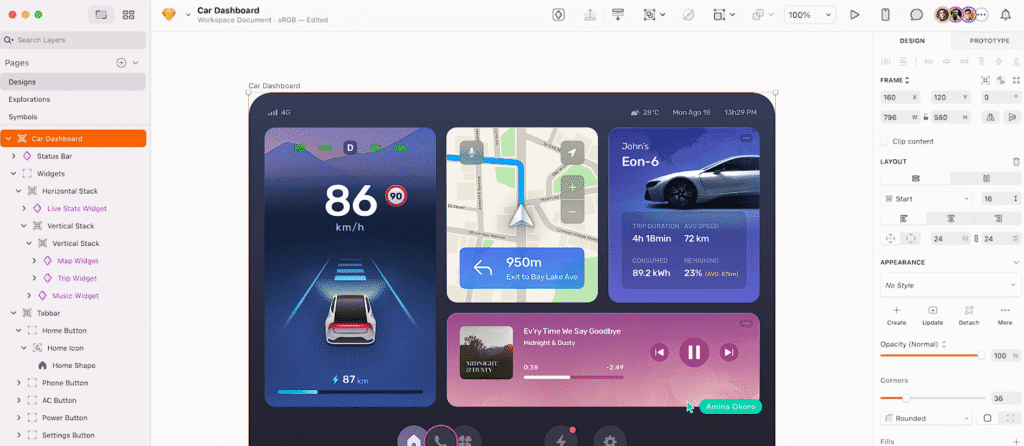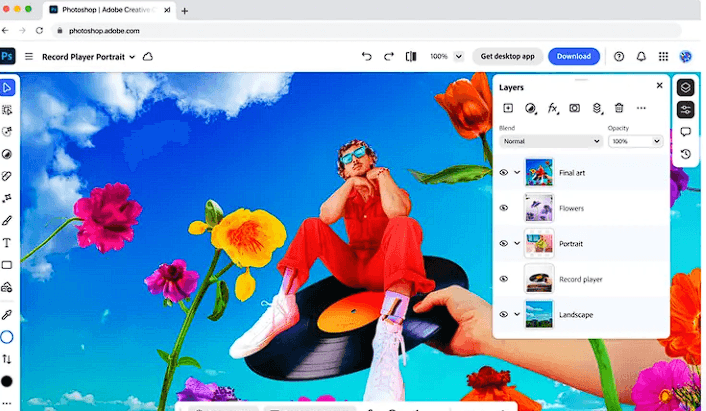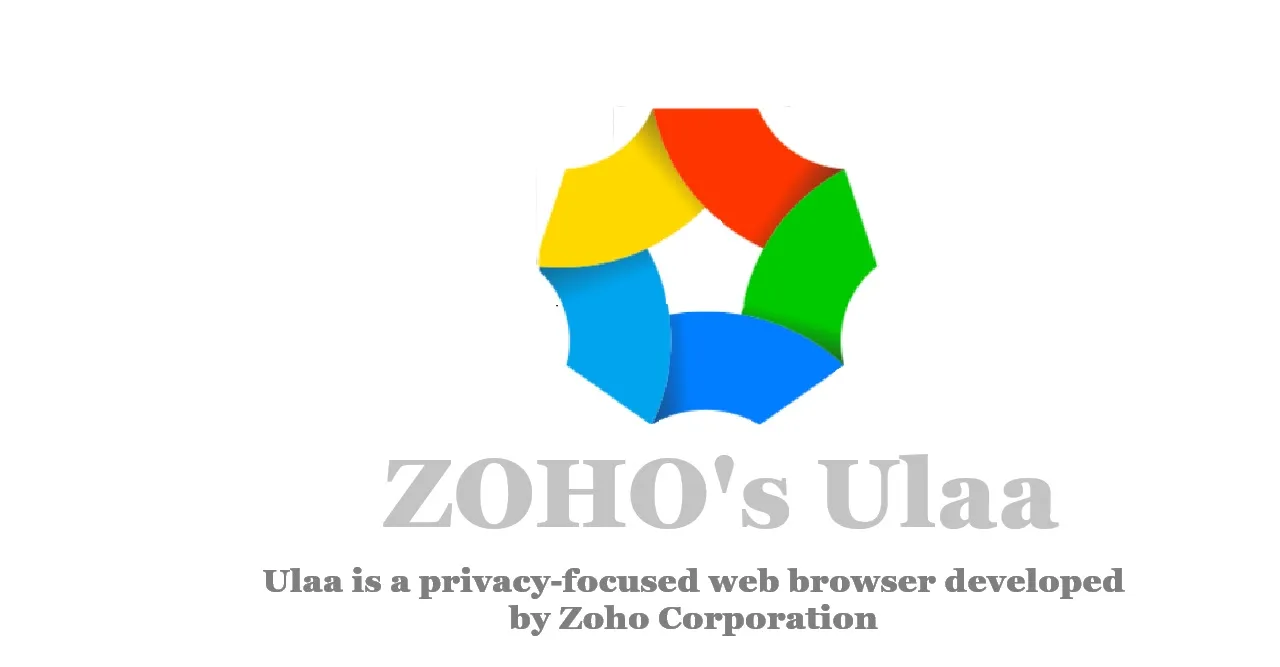When it comes to graphic design, two tools often rise to the top of the conversation: Adobe Photoshop and Sketch. Both are powerful and feature-rich and have their own unique strengths and weaknesses. But which one is right for you? Let’s dive in and compare these two design giants, backed by data from real users and industry experts.
1. Industry Adoption
Photoshop has been the industry standard for 20+ years, with 90% of creative professionals using it. Sketch, while popular among UI/UX designers, has lower overall adoption rates.
2. Feature Set
Photoshop boasts an extensive feature set for advanced image manipulation, including AI-powered tools, 3D design capabilities, and robust video editing features. Sketch, on the other hand, offers a more streamlined feature set focused on UI/UX design, with powerful vector editing, prototyping, and collaboration tools.
3. Learning Curve
Photoshop’s vast feature set comes with a steeper learning curve, with 70% of users feeling overwhelmed by updates. Sketch is generally considered easier to learn, with a more intuitive interface and a massive user-created plugin ecosystem.
4. Platform Support
Photoshop is available on both Windows and macOS, while Sketch is exclusive to macOS. This platform limitation can be a major drawback for designers on Windows or preferring a cloud-based solution.
5. Pricing
Photoshop operates on a subscription-based model via Creative Cloud, with a basic plan starting at $20.99/month. Sketch offers a one-time license fee of $99, with optional upgrades for major releases.
6. System Performance
Photoshop is a resource-intensive application, requiring powerful machines to run smoothly. Sketch is generally lighter on system resources, making it a better choice for older machines or those with limited RAM.
7. User Interface
Photoshop’s interface is customizable but complex, with a steep learning curve for new users. Sketch boasts a clean, intuitive interface that’s easier to navigate, even for beginners.
8. Collaboration
Sketch offers robust real-time collaboration features, allowing multiple designers to work on a single project simultaneously. Photoshop’s collaboration features are more limited, relying on Creative Cloud’s commenting and versioning system.
Related Posts
9. Prototyping
Sketch includes intuitive prototyping tools for creating interactive designs, while Photoshop’s prototyping features are less robust, often requiring integration with other Adobe apps.
10. Community Support
Photoshop has a massive community of users and developers, with countless tutorials and resources available. Sketch also has an active community, but the resources are less extensive compared to Photoshop.


The Verdict: Choose Your Weapon
So, which tool reigns supreme? The answer ultimately depends on your specific needs and design focus.
If you’re a UI/UX designer specializing in digital products, Sketch’s streamlined feature set, collaboration tools, and affordability make it an excellent choice. Its vector editing prowess and prototyping capabilities are hard to beat for creating wireframes, mockups, and interactive designs.
On the other hand, if you’re a graphic designer or digital artist who frequently works with complex images, needs advanced retouching tools, or wants a single app for both web and print design, Photoshop’s industry-standard feature set and seamless integration with other Adobe tools make it the better option.
The Future of Design: Room for Both
In an ever-evolving design landscape, there’s room for both Photoshop and Sketch to thrive. As design trends shift towards more immersive, digital-first experiences, the tools we use will need to adapt. Whether you’re a Photoshop power user or a Sketch aficionado, the key to success lies in mastering the tools that best fit your design workflow and continually expanding your skill set.
So, which tool do you prefer? Let us know in the comments! And if you’re new to both Photoshop and Sketch, consider exploring free graphic design alternatives to get started with designing.



